- liceofigueresferrer@gmail.com
- Phone: (+506) 2537 2425

In 1994, the specialists German Navarro Tossi and Carlos Masis Acosta, advisers and members of “Junta Administrativa del Hospicio de Huérfanos de Cartago”, elaborated a proposal with the theoretical, philosophical and educational foundation of the experimental bilingual modality, which was an innovative project for our country.
Subsequently, the “Consejo Superior de Educación” accepts and approves the proposal, in such a way that the first Experimental Bilingual High School in Costa Rica is born, with the curricular model presented. The modality contemplates a framework of action within the philosophical and pedagogical principles of Constructivism, with the Humanist ingredient and the concepts of Rationalism, and on that foundation the pedagogical practice is developed.
Since the proposal for the experimental modality arises from “Junta Administrativa del Hospicio de Huérfanos de Cartago”, it assumed the administration of the high school once the “Consejo Superior de Educación” accepted the modality of our institution. Likewise, the Minister of Education and the Administrative Board sign an agreement, which establishes the articles that regulate aspects such as: the operation of the high school, recruitment and payment of the institution staff, duties and responsibilities of each side (“Hospicio de Huérfanos de Cartago” and Ministry of Public Education).
Once the legal aspects for the operation were fulfilled, the need for infrastructure came. The registration had already been carried out by the Cartago Regional of Education in November, 1994, where an enrollment of four hundred and twenty students was collected. This documentation was received by the director appointed by the Administrative Board, Mr. Luis Javier Arias Martínez, one week before the start of the course in 1995.
On Wednesday, March 1st, 1995, the student community was received at the Parish Hall of the Church of Los Angeles, and parents were told that one hundred students should be located at the Vicente Lachner and the Rafael Hernández Pedagogical Unit High Schools because the facilities that were managed to get started did not respond to the need for space.
Once the legal aspects for the operation were fulfilled, the need for infrastructure came. The registration had already been carried out by the Cartago Regional of Education in November, 1994, where an enrollment of four hundred and twenty students was collected. This documentation was received by the director appointed by the Administrative Board, Mr. Luis Javier Arias Martínez, one week before the start of the course in 1995.
On Wednesday, March 1st, 1995, the student community was received at the Parish Hall of the Church of Los Angeles, and parents were told that one hundred students should be located at the Vicente Lachner and the Rafael Hernández Pedagogical Unit High Schools because the facilities that were managed to get started did not respond to the need for space.
The students formally started their classes on Monday, March 6th, 1995, located both in the Parish Hall and in the so-called “Casa de Don Jesús Jiménez”, occupied by UNED at the time but which only used it after 3 pm. There were 19 teachers and 7 administrators who started working.
This is how the history of this emblematic and prestigious institution was born, with fourteen groups of seventh graders and an enrollment close to three hundred students.
In 1996, the church denied the use of the Parish Hall of the “Basilica” and the possibility of lending some classrooms that “Colegio Universitario de Cartago” had in an old house on the east side of the San Luis Gonzaga School was opened.
In 1997, the first stage of our facilities was inaugurated in the current location of the high school, Finca La Pólvora, Barrio Loyola in San Nicolás de Cartago, owned by the “Hospicio de Huérfanos de Cartago¨, this year the country’s academic year was inaugurated together with the high school’s facilities by the then president José María Figueres Olsen and the Minister of Education Eduardo Doryan Garrón.


Copyright © 2025